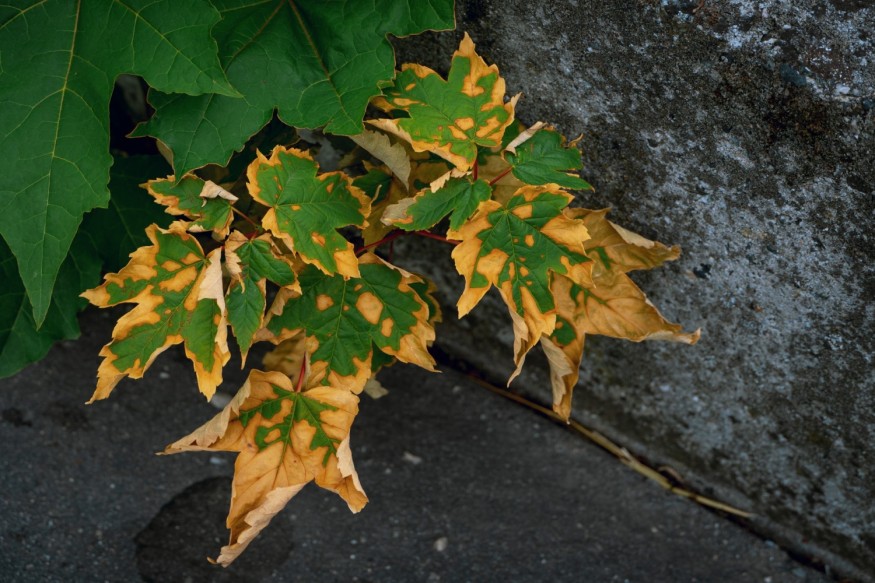Plants and trees need sunlight in order to thrive and grow, but just like humans, when exposed to strong heat, the plant's system can get damaged and develop lesions, looking much like a sunburn.
Sunburn in trees, known as 'sun scald', has become prevalent over the coastal mountain range in Oregon as heatwaves in the region continue to worsen. This results to withered brown spots on leaves, and red and burnt orange needles on the tops of Doug firs and ponderosa pines along Benton County.
According to local foresters and ecology experts, the trees in the area are 'less acclimated' to hot weather, which made them more prone to damage.
"The average temperature over there is 10 to 15 degrees cooler than it is in Philomath," said Steve Hiebert, longtime Lincoln County forester. "Those trees just weren't accustomed to going up to 108, but that was the temp that day... It happened so quick and fast."
Long-term effects of extreme heat to trees' growth

Hiebert thinks that the severe heat and record-breaking temperatures in June brought long-term effects to trees' growth, especially that they are in their natural growth cycles.
"The hot afternoon sun took all those needles and cooked them," he said. "On the first day they stayed green and flipped over, then turned yellow and then about five days later they turned bright red and then they fall off shortly after. The outcome, I'm guessing, is going to be about a third less growth on the tree this year and the next few years."
This kind of heat damage was even seen in big timber outfits like Starker Forests and into Lincoln County.
Company president Randy Hereford said that the 'occurrence' was new for them. "I've been with the company for 40 years and never seen anything like this as far as heat goes."
Hereford noted that damages happen "mostly on the larger old growth trees", which is strange because tree sunscald often happens to younger trees.
Read also: Fighting Climate Change: Planting a Tree Every Year for the Next 20 Years Could Change the World
Effects of extreme weather in the future
As far as climate change is concerned, it's only a matter of time that these physiological effects brought by extreme weather to living organisms could worsen.
Scientist Beverly Law, also a professor emeritus of the Oregon State University College of Forestry, said that excessive heat hitting non-acclimatized trees may be one factor in the damage, but "only time will tell how lasting of an impact this will have."
"What can happen is some of them aren't necessarily shut down permanently... some of those species will survive and start photosynthesis again," Law said. "But we don't really know what the long-term physiological effects will be. I've even seen ponderosa pine in the valley that were sun scorched... but then they had new needles growing on them in a couple few years."
While these events does not necessarily suggest panic, Law believes it sends a message that weather conditions could be hard to predict, but will become more frequent in the future.
© 2025 NatureWorldNews.com All rights reserved. Do not reproduce without permission.





